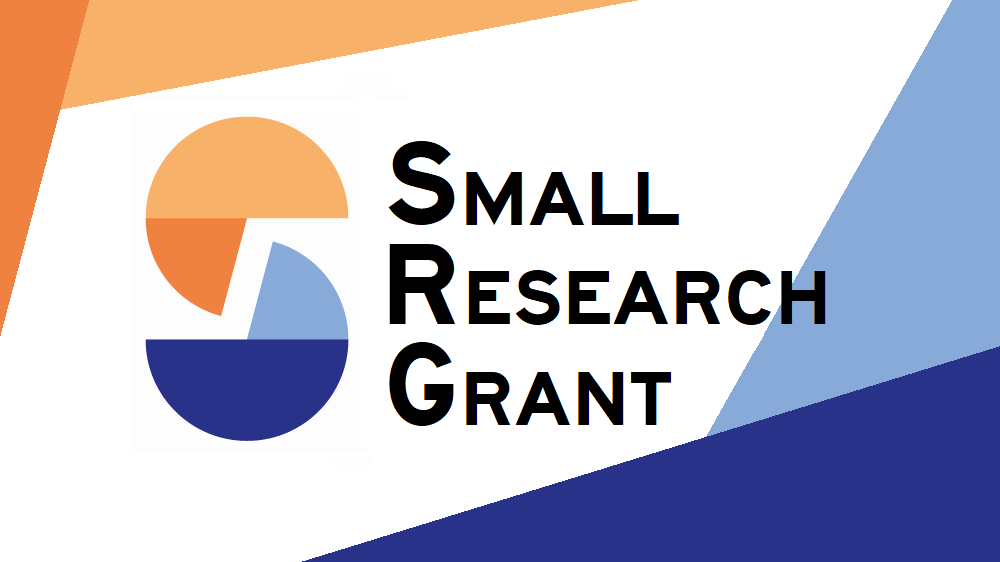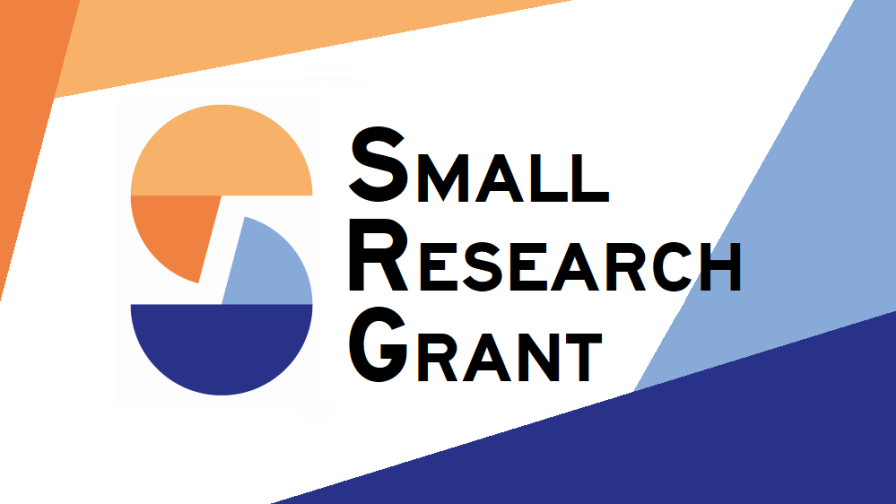Sub-Saharan Africa (SSA) is undergoing a unique fertility transition: the decline in the number of children born per woman is decreasing slower than in any other region of the world, even conditional on income (Bongaarts 2017; Zipfel 2022). At the same time, structural transformation is lagging on the African continent, where small-scale self-employment still dominates the occupational structure (Bandiera et al. 2022). The broad motivation for our project is that, to date, the extent to which these two phenomena are linked is poorly understood. To fill this gap in the literature, this projects asks whether an increase in female salaried employment opportunities can affect fertility in a sub-Saharan context.
The research team exploit the emergence of agroprocessing plants in rural Kenya since the 1990s as a natural experiment to address this question. Women have a comparative advantage in some types of agroprocessing, such as flower-picking and tea-picking (Qian 2008). Therefore, the emergence of female-intensive agroprocessing could differentially raise the opportunity cost of childbearing, especially as they generate wage jobs which are arguably less compatible with looking after young children. The analysis proceeds in three steps. First, the researchers geo-locate all existing agroprocessing plants in rural Kenya and time their entry. Second, they assemble and geo-locate rich micro data to track employment and fertility across women in affected locations. Finally, combining both data sources will enable empirical assessment of fertility responses to local demand shocks for female labour generated by the opening of new agroprocessing plants.
Identifying factors that may help curb fertility rates in SSA is of crucial interest to academics and policymakers alike. Recent research on this topic has either focused on the impacts of alleviating ‘supply-side’ constraints, e.g. by informing couples about the benefits of minimising the risk of maternal mortality through birth control (Ashraf et al. 2021) or by correcting beliefs about the side-effects of contraceptives (Glennerster et al. 2021), or on the role of cultural practices like polygyny that may keep fertility rates high (Rossi 2019). In contrast, this project seeks to quantify the role of a pure ‘demand-side’ economic driver of the region’s persistently high fertility: the low opportunity cost of children. New evidence that salaried jobs for poorer women in rural areas can decrease fertility by lowering demand for children where it is highest (cf. Zipfel 2022) would indicate that current policies of expanding access and removing information barriers to contraceptive use need to be complemented by policies that boost salaried employment growth, especially for women.
























































